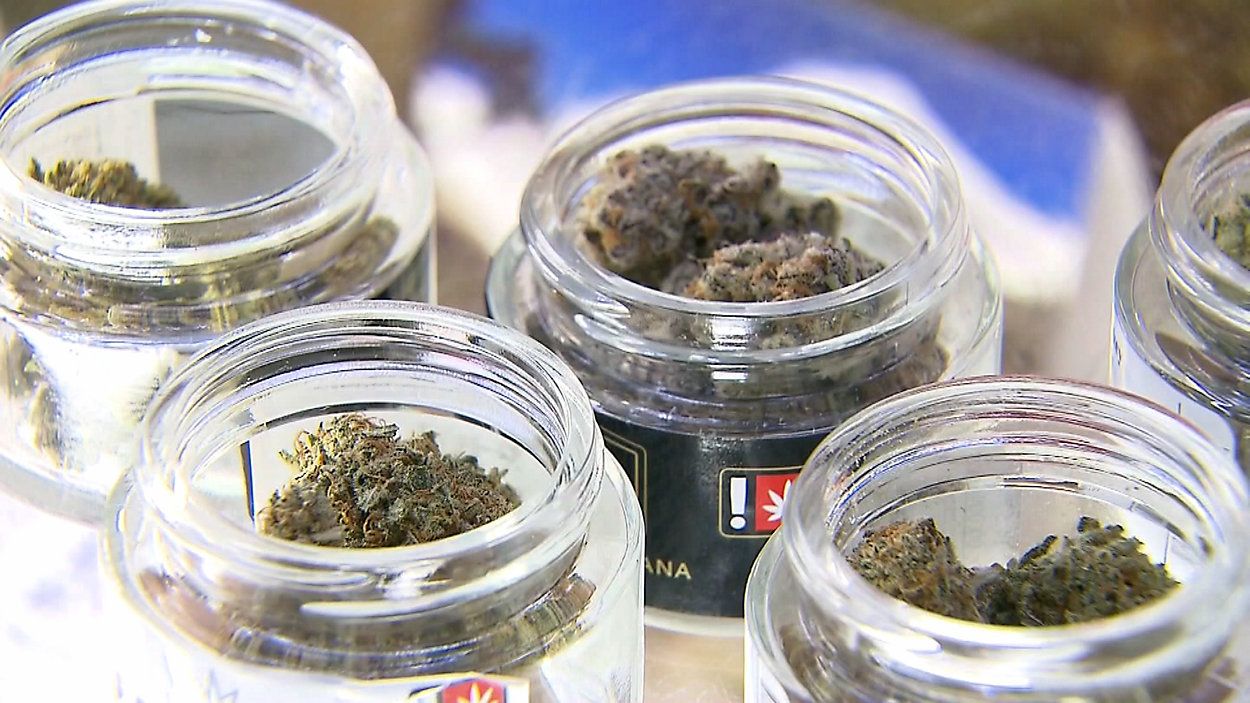New York has officially legalized recreational marijuana for adults aged 21 and older.
Under this legislation, New Yorkers will be able to publicly possess up to three ounces of cannabis and allow for local jurisdictions to opt out of allowing retailer sites.
Below is a Q&A of what you can expect from this legislation:
Who Could Smoke It?
You would have to be 21+ to purchase, smoke and possess cannabis.
Where Could You Smoke It?
The bill allows for public possession of up to three ounces of cannabis or 24 grams of marijuana concentrates. At home, you could store up to five pounds of cannabis.
The law would allow for local governments to regulate where people could smoke marijuana, such as prohibiting smoking in parks. People would not be able to smoke at the workplace, on school grounds, or in a car.
The penalty for breaking public smoking rules would be a fine of $25 and no more than 20 hours of community service.
Driving while impaired would result in a misdemeanor.
The bill does allow for delivery services and social consumption sites, such as cannabis cafes, where people could smoke or consume on site.
Could You Grow It?
Adults would be able to cultivate up to six plants for personal use, but only three can be mature. Homegrown plants will not be allowed until regulators set rules for it.
They do have a deadline, though. Regulators have a maximum of six months after the first retail recreational sales begin to set rules for medical patients to grow their own plants.
Regulators have 18 months for adult-use consumers.
Could My City Opt Out?
Cities, towns and villages may opt out of allowing adult-use cannabis retail dispensaries or on-site consumption licenses by passing a local law by Dec. 31, 2021. Local governments could only receive tax revenue though on marijuana sales that happen within their borders.
Under this bill, localities would not be able to opt out of legalization.
How Much Would It Be Taxed?
Cannabis products would be subject to a 9% state tax and a 4% local tax. The local tax would be split, with 1% going to counties and 3% going to cities, towns and villages.
Where Would the Adult-Use Cannabis Tax Revenue Go?
All cannabis taxes would be directed to the “New York State Cannabis Revenue Fund.” The revenue would cover the costs to administer the program.
After that, 40% of the remaining money would go to a community grants reinvestment fund, 40% to education, and 20% to drug treatment and public education programs.
How Would Drivers Be Protected?
The State Department of Health would launch a research study, partnering with different universities, evaluating methodologies and technologies that could detect cannabis-impaired driving.
Once a test is discovered, the state health department would be able to approve and certify the use of this test.
Additional funding for drug recognition experts would also be made available.
How Does This Bill Provide Social Equity?
The bill sets a goal of having 50% of marijuana business licenses issued to “individuals from communities disproportionately impacted by the enforcement of cannabis prohibition,” minority and women owned businesses, service-disabled veterans and financially distressed farmers.
Law enforcement would no longer be able to use the smell of cannabis to justify searches.
New Yorkers with convictions for marijuana offenses that became legal under the new legislation would have their records automatically expunged.
Medical cannabis businesses already operating could also participate in selling recreational marijuana in exchange for licensing fees that would help fund the social equity program.
When Would You Be Able To Smoke It?
It would take time to create and set up the regulatory process. Recreational marijuana sales would most likely not start until, at the earliest, 2022.
Governor Andrew Cuomo estimates that legalization could generate around $350 million in annual taxes and potentially create 30,000 to 60,000 jobs.
